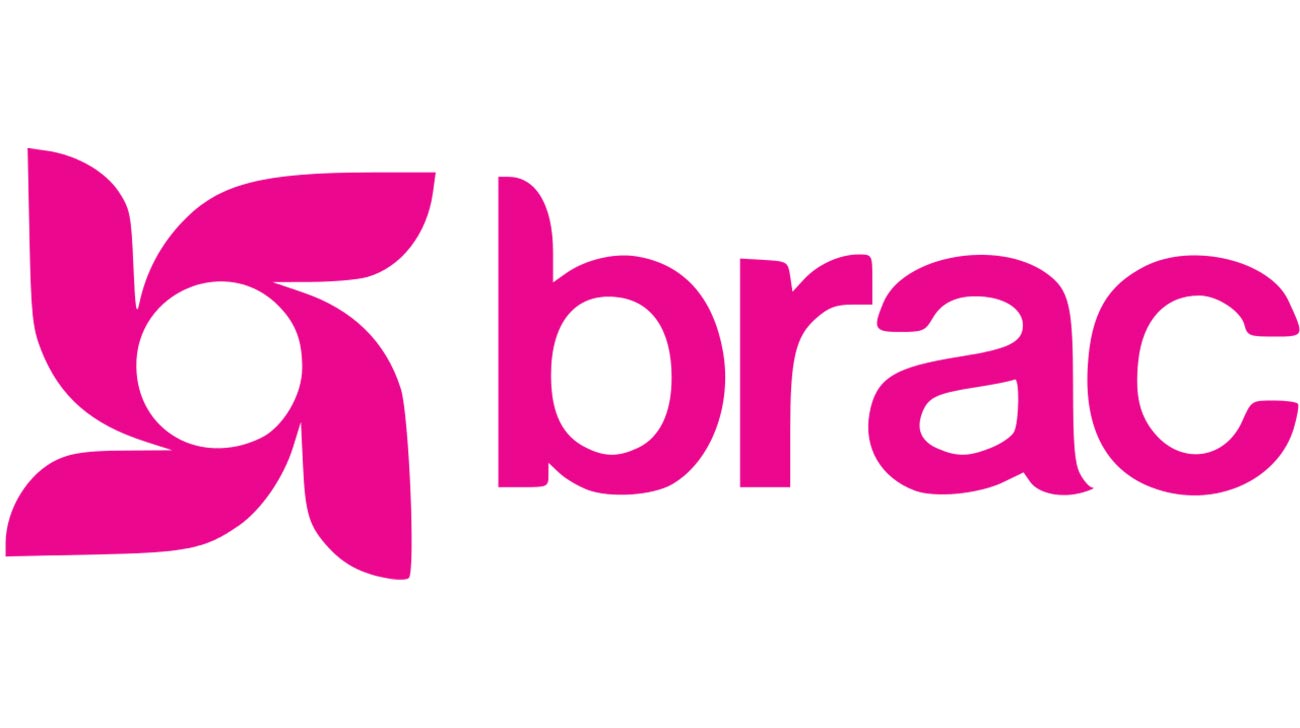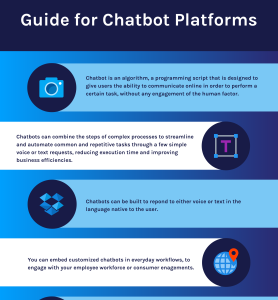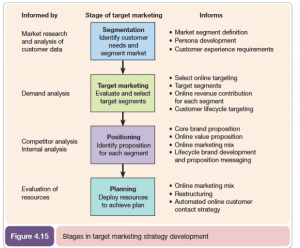Why BRAC Became The Most Successful NGO In The World

Bangladesh Rural Development Council(BRAC) is one of the largest and fastest growing non-governmental organizations in the world, specializing in microfinance and anti-poverty work, and providing a package of comprehensive services for poor rural and urban communities in Bangladesh and other third world countries. This is the first and largest microfinance bank in Bangladesh, and even exceeds the Grameen Bank of Nobel Prize winner Dr. Mohamed Yunus. This article analyzes how BRAC successfully balances the two things to make itself stand out from other non-governmental organizations. That is to say, operate it as an enterprise and maintain the mission of poverty alleviation. Facts have proved that relatively unknown institutions from the poorest countries, such as Bangladesh, make their activities easier, more relevant and adaptive, and can surpass famous western charities in scale and scope.
BRAC was established in 1972 to support victims of deadly low atmospheric pressure along the coast of Bangladesh. Its founder and architect, Sir Fazle Hasan Abed, built BRAC as a pioneer in understanding and solving many other realities of poverty, creating a world free of any form of exploitation and discrimination(the first step in the strategic management process: goal setting). Over the years, we have successfully maintained our vision, set goals, and formulated strategies to achieve our vision and mission. In order to compete better in the globalized world and simplify administrative institutions, a new strategy was proposed to make them become low-cost suppliers superior to other western non-governmental institutions. At first, BRAC tried to draw resources from members’ savings to finance its own internal financing without external assistance. The strategy was judged invalid. After detailed evaluation, a new strategy was adopted(five stages of the strategic management process: strategic evaluation). The management began to operate BRAC as an enterprise, realized economies of scale and economies of scale, diversified itself into network service providers, and built universities, primary schools, tea gardens, handicraft marketing, retail stores, etc. At present, 80% of BRAC’s capital comes from commercial operation. The microfinance sector disburses approximately $1 billion annually. BRAC, like commercial companies, attaches great importance to research, continuous learning and adaptation.
Finally, BRAC has successfully achieved diversification, better realizing its vision of turning itself into a business entity and creating a just society that discriminates, exploits and does not exclude the poor. Drawing on the experience of Bangladesh, he expanded his business to other third world countries and became the largest NGO in Afghanistan, Tanzania and Uganda. The challenge now is to replicate the success of other Third World countries in Bangladesh. BRAC has raised the standards of success of other NGOs and charities committed to poverty alleviation, and authorized the poor to change their lives. How long the “pioneer” strategy adopted by BRAC can last, and whether it can successfully recognize and solve many other poverty realities around the world, is a very important priority at present.
Reference documents:
Business: BRAC business; nominal value.(June 20, 2011). Economist, 394(8670), 60-60-61.
#Ngos # Brac # globango # Micro credit








